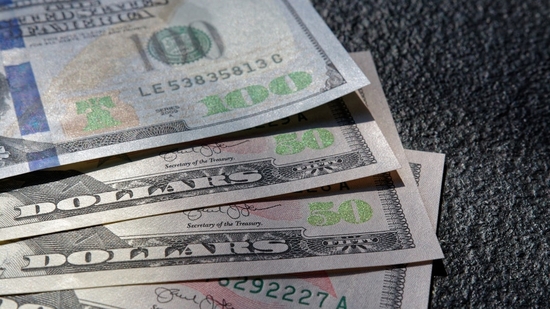New bill could reshape student loan debt: Can interest rates be cut to 2%
In a bold move to address the growing student loan crisis in the United States, a new bill introduced in Congress proposes a dramatic reduction in federal student loan interest rates, potentially bringing them down to as low as 2%. If passed, this legislation could provide significant relief to millions of borrowers who have struggled with high interest rates for years, exacerbating the total debt burden of their loans.
A Potential Game-Changer for Borrowers
The bill, introduced by a bipartisan group of lawmakers, aims to reduce federal student loan interest rates from their current range of 3.73% to 7.54% for undergraduate and graduate loans, respectively. If enacted, it would represent one of the most significant reforms to the student loan system in decades, slashing interest rates to a more manageable 2%.
Proponents argue that this reduction would significantly reduce the total cost of student loans over time, making education more affordable and accessible for future generations. The lower interest rates could also ease the financial strain on current borrowers, some of whom are burdened with interest rates that have made repaying loans incredibly difficult.
The Impact on Borrowers
For many borrowers, student loans are the largest source of debt, often surpassing even credit card debt or mortgages. With interest rates as high as 7% or more, the repayment process can feel like an endless cycle of increasing debt. According to the Federal Reserve, total student loan debt in the U.S. exceeds $1.7 trillion, affecting more than 40 million borrowers.
By slashing the interest rates to 2%, the bill could have several key benefits:
-
Lower Monthly Payments: With reduced interest rates, monthly payments would decrease, making it easier for borrowers to stay on track with their repayments.
-
Faster Loan Repayment: The reduction in interest accrual would help borrowers pay off their principal balance more quickly, potentially leading to earlier loan forgiveness or fewer years in debt.
-
Increased Economic Mobility: By reducing financial burdens, borrowers could invest more in homes, businesses, or other forms of wealth-building, contributing to broader economic growth.
The Challenges Ahead
While the proposed bill has garnered support from many lawmakers and advocacy groups, the path to its passage is far from guaranteed. Critics argue that slashing interest rates could lead to a reduction in federal revenue, raising questions about how the government would offset the potential loss in revenue. There are also concerns about the broader implications of such a drastic change to the student loan system, including the potential impact on private lenders and the broader economy.
The bill’s proponents, however, argue that the potential benefits far outweigh the costs, particularly in terms of improving borrowers’ financial well-being and stimulating economic activity.
What’s Next?

As the bill moves through the legislative process, lawmakers will likely continue to debate the specifics of the proposal. If successful, the bill could be a game-changer for millions of borrowers who are struggling with student loan debt. Whether or not it passes, however, it signals a growing recognition in Washington that the current student loan system is in need of significant reform, and that drastic changes may be necessary to provide long-term relief.
With student loan debt continuing to rise and borrowers facing increasingly difficult financial challenges, the pressure on lawmakers to act is only growing. As discussions continue, one thing is clear: the debate over student loan interest rates is far from over.


Comments are closed, but trackbacks and pingbacks are open.